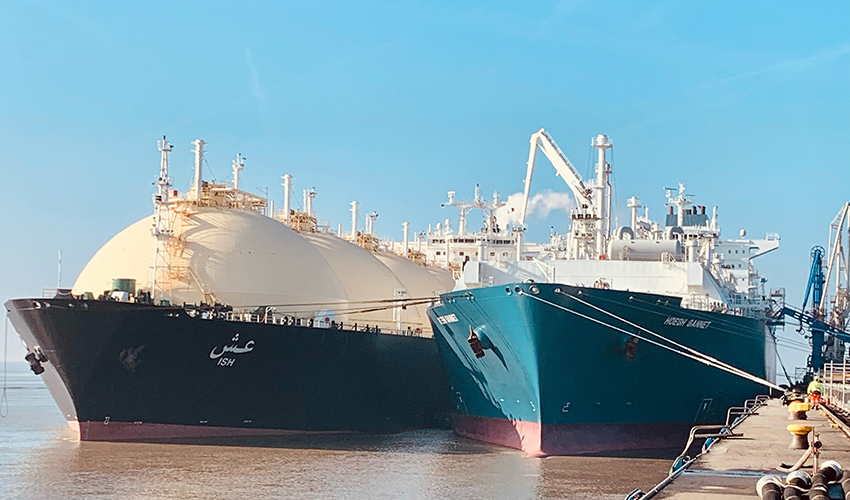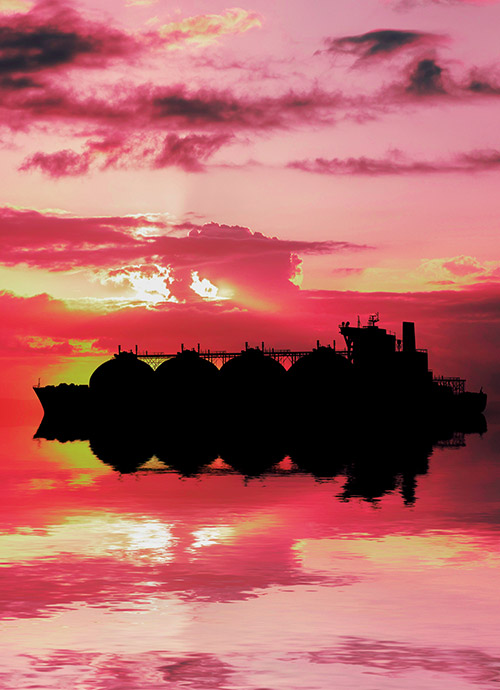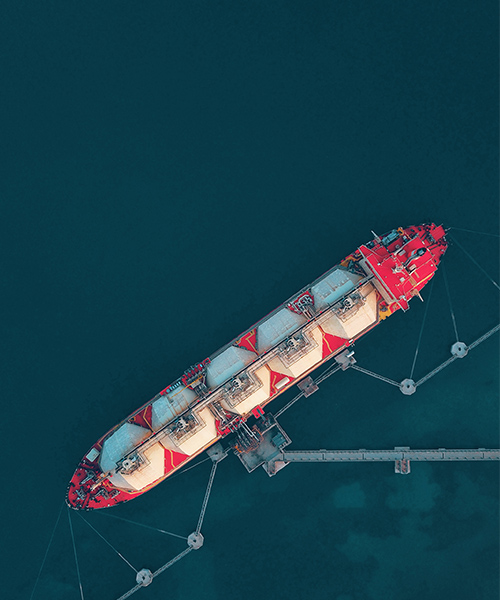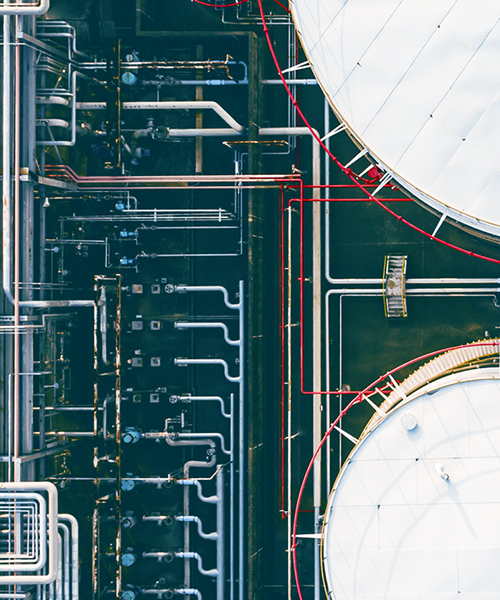August 14, 2025 • 1 min read
Brunsbüttel Phase 2: enhancing infrastructure for increased gas flow
In response to the urgent need for alternative natural gas supplies following Russia's invasion of Ukraine in February 2022, Germany embarked on a mission to build the infrastructure necessary to import billions of cubic meters of natural gas in an unprecedented timeframe. Prior to 2022, Germany sourced over half of its natural gas supply from Russia, including from the Nord Stream network. The invasion triggered an immediate effort to secure alternative supplies and establish the infrastructure to access them before the winter season, when demand for heating and power would peak.
Project overview
The German government acted swiftly, chartering five Floating Storage Regasification Units (FSRUs) to build LNG terminals for accessing alternative gas supplies. In June 2022, Worley was awarded an engineering, procurement, construction, and commissioning contract by the newly founded and federally owned Deutsche Energy Terminal GmbH (DET) to build one of these terminal projects in Brunsbüttel, Northwest Germany.
Following the successful completion of the initial phase, phase 2 follows a more conventional schedule. The primary focus is the construction of a new permanent jetty and berth, along with the installation of topsides facilities. These facilities will include new high-pressure gas marine loading arms and a new water supply system to connect with the FSRU. Once the infrastructure is completed, the FSRU will be relocated to this new berth, allowing it to continue operations with the benefit of increased gas flow rates into the grid systems.

Key achievements
We delivered first gas from the LNG terminal into the grid system in less than nine months. We placed the first purchase order in month two and started fabrication in month three. We met our deadline to have the terminal commissioned and in operation in time to deliver natural gas into the grid for the second half of the winter season. The Brunsbüttel project can now produce up to 3.5 billion cubic meters of gas per year, with plans to increase the capacity to 5 billion cubic meters in coming phases.
One of the main learnings from this ambitious task was how quickly our industry can deliver new infrastructure by embracing a more agile approach to engineering projects. We don't always need to follow a sequential process. When we collaborate and embrace new and different ways to deliver complex energy infrastructure, our industry can make the most ambitious projects real.



